
DAWN Project Launches First Phase of an Innovative, Web-based Decision-support Tool
The DAWN tools will enable producers and specialists to improve water use and nutrient management in agricultural operations

The DAWN tools will enable producers and specialists to improve water use and nutrient management in agricultural operations
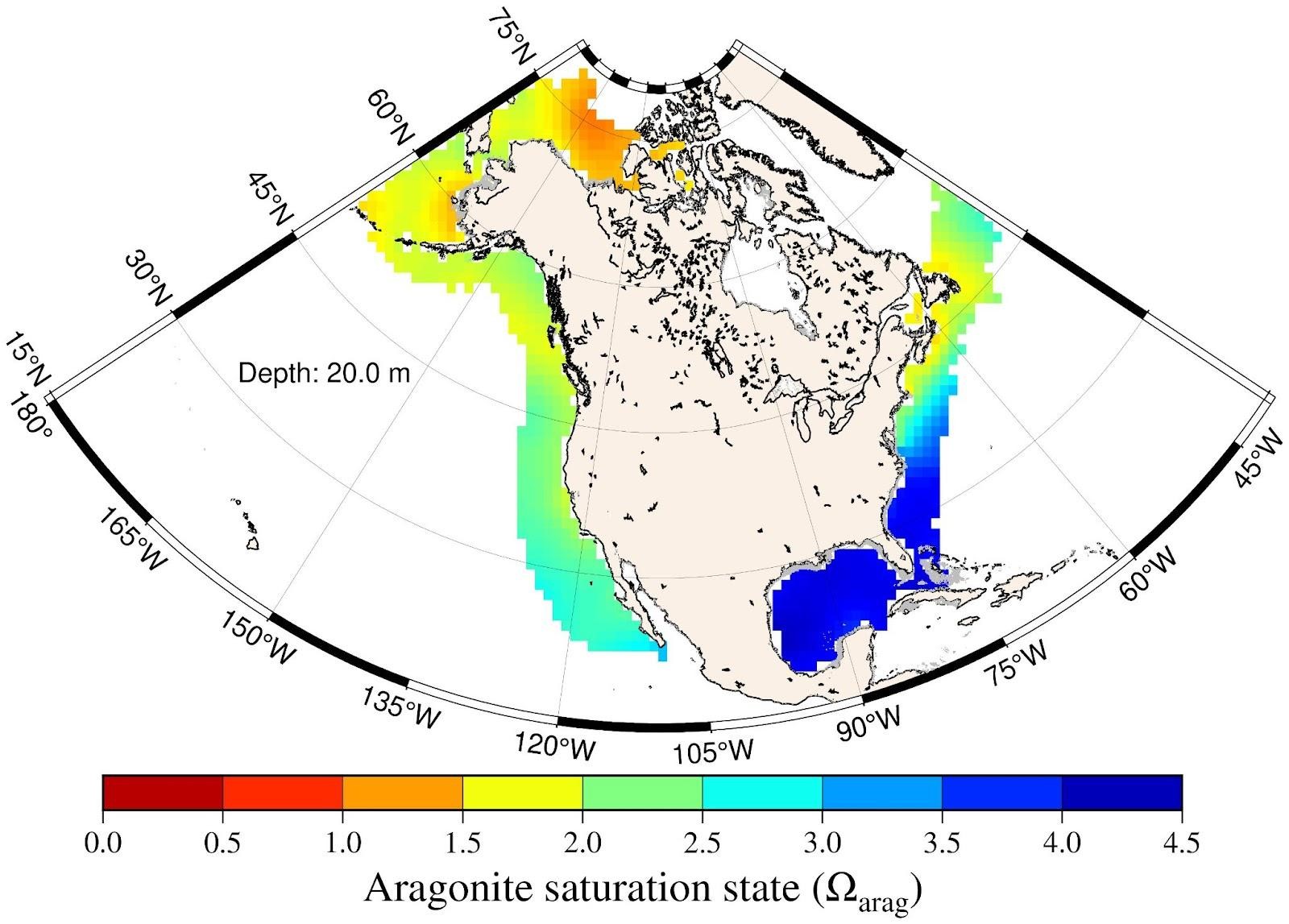
New tool shows the distribution of seven ocean acidification indicators in North American coastal waters

The University of Maryland today awarded $30 million to 50 projects through its Grand Challenges Grants Program, an institution-wide initiative to tackle major societal issues.
The College of Computer, Mathematical, and Natural Sciences (CMNS) received 16 Grand Challenges grants, five of which include ESSIC scientists.
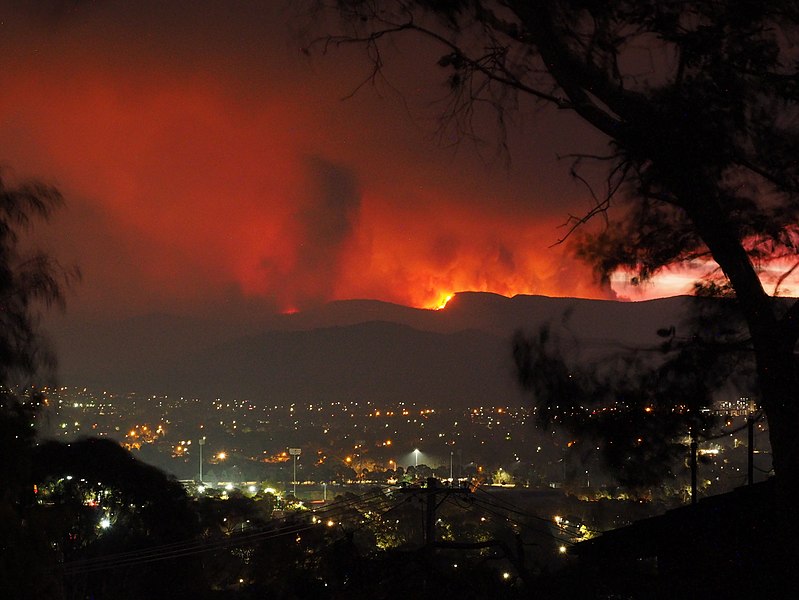
A UMD alum and professor co-authored a paper about the reduction in the thickness of Earth’s protective ozone layer that followed the Australian wildfires.

In findings published on Nov. 9, a team of NASA scientists led by ESSIC research scientist Chelsea Parker project spring Arctic cyclones will intensify by the end of this century because of sea ice loss and rapidly warming temperatures. Those conditions will lead to stronger storms that carry warmer air and more moisture into the Arctic.
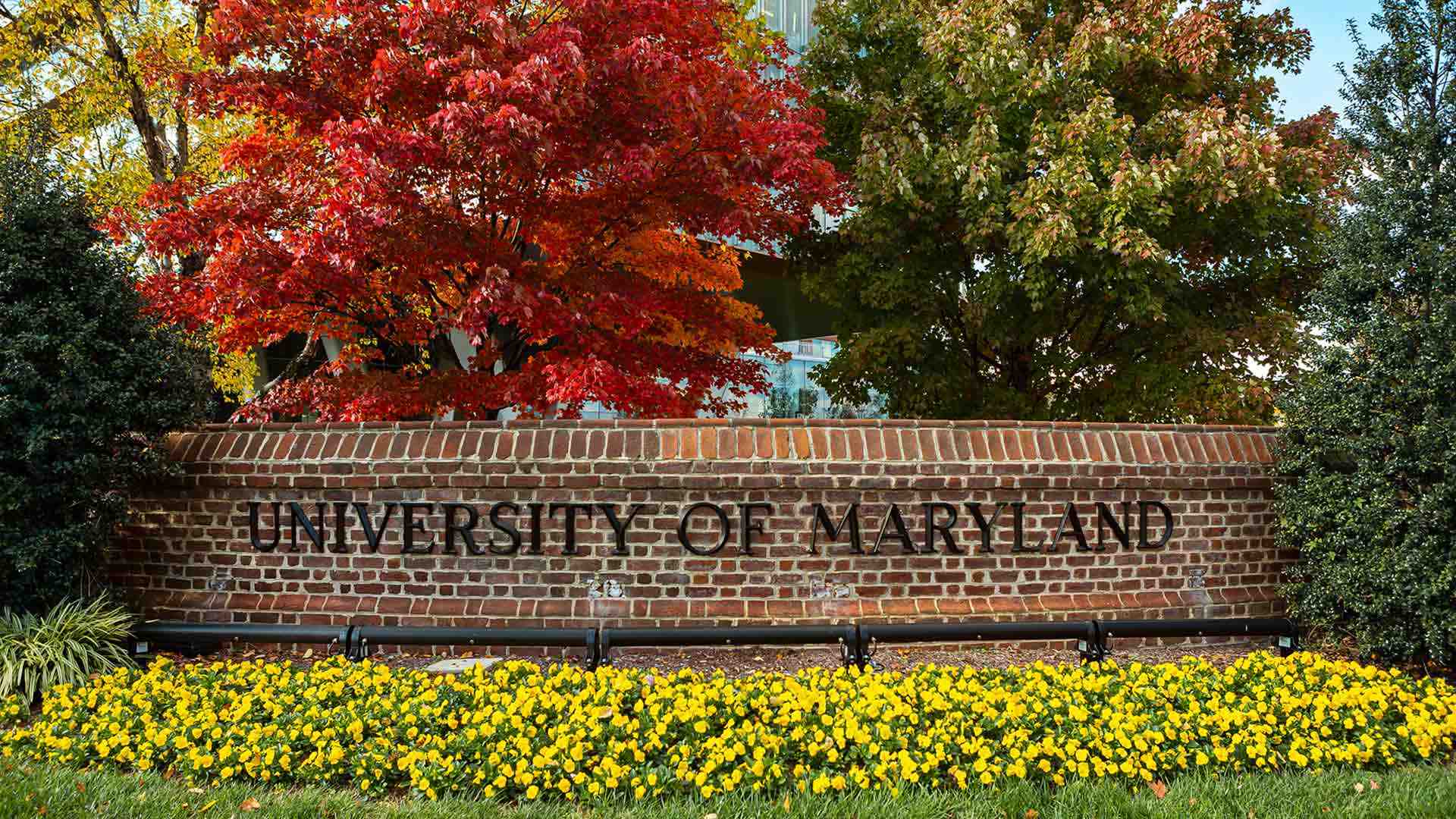
The University of Maryland ranked No. 12 among U.S. public institutions and No. 57 among top universities from nearly 100 countries in U.S. News & World Report’s list of 2022-23 Best Global Universities.
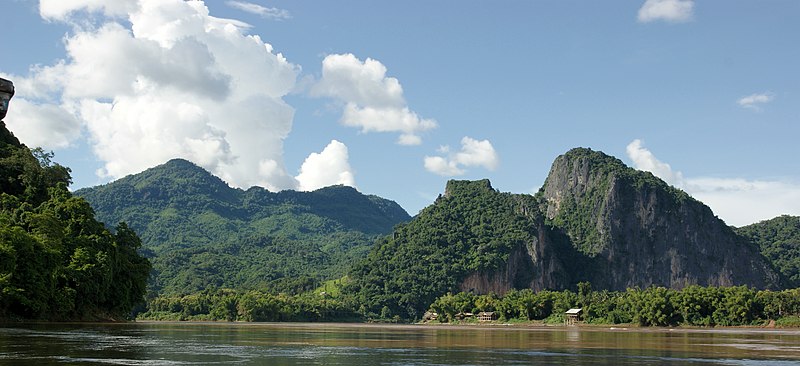
The Mekong’s floodplains are a global biodiversity hotspot sustaining one of the world’s largest inland fisheries. However, two decades of hydropower developments have altered the river discharge and impacted the water available to the floodplains. In particular, the flood pulse — the principal driving force of healthy floodplains — is getting shorter and weaker.
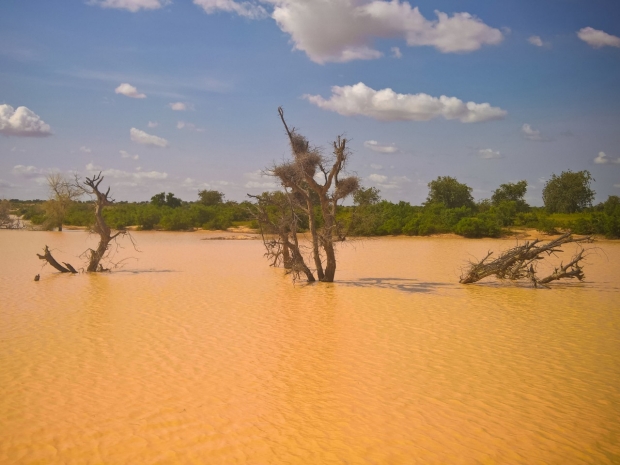
New research finds that flooding can affect food security for over 5.6 million people across several African nations. The work comes at a time when floods have also devastated Pakistan, India, and large parts of the European Union and the United States.

The five-year, $95 million cooperative agreement will support the center’s research efforts.

Ross Salawitch has been elected as an American Geophysical Union’s (AGU) Fellow. He joins 53 other individuals in the 2022 Class of Fellows. Since 1962, the AGU Union Fellows Committee has selected less than 0.1% of members as new Fellows. AGU, a nonprofit organization that supports 130,000 enthusiasts to experts worldwide in Earth and space sciences, annually recognizes a select number of individuals as part of its Honors and Recognition program.